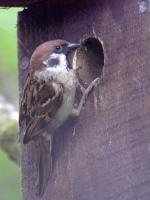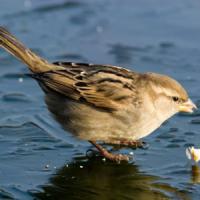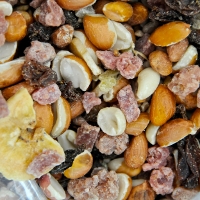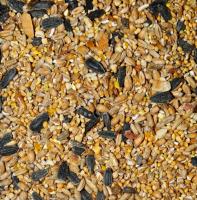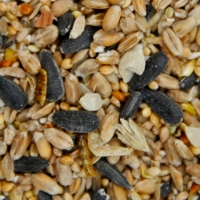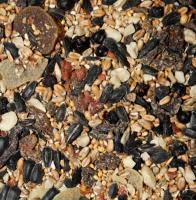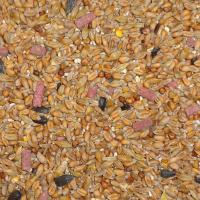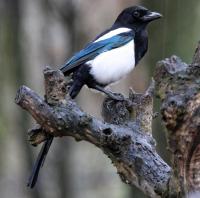- Home
- FAQs
- Customer Video Gallery
- Customer Photo Gallery
- Bird Facts
- Bird Food Blog
- Bird Information
- Feeding Advice
- Small Animal Information
- A to Z of Guinea Pigs
- A to Z of Hamsters
- A to Z of Rabbits
- Basic Care for Guinea Pigs
- Basic Care for Hamsters
- Basic Care for Rabbits
- Basic care for Chinchillas
- Basic care for Ferrets
- Basic care for Gerbils
- Basic care for Mice
- Basic care for Rats
- Buying a Healthy Small Animal
- Does your Reptile need a Licence
- Equipment for Ferrets
- Equipment for Hamsters
- Equipment for Mice
- Equipment for your Chinchilla
- Equipment for your Gerbil
- Equipment for your Guinea Pig
- Equipment for your Rabbit
- Keeping a House Rabbit
- Dog Information
- Cat Information
- Customer Information
- Fat Balls
- Suet Pellets
- Straights
- Seed Mixes
- Suet Treats
- Mealworms
- Bird Feeders
- My Account
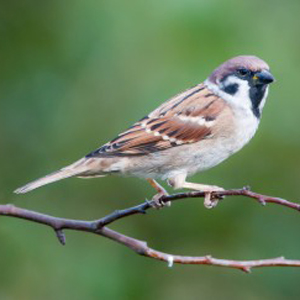
| Scientific Name | Passer montanus |
| Breeding | April |
| Fledge Days | 12-14 |
| Incubation Days | 11-14 |
| Lifespan | 2 years |
| Number of Clutches | 2-3 |
| Number of Eggs | 2-9 |
| Size | 14cm |
| Weight | 23g |
| Wingspan | 21cm |
Bird Family : Sparrows
Tree Sparrow Facts - Information About Tree Sparrow
Tree Sparrow - Passer Montanus
The Tree Sparrow is a declining relative of the House Sparrow, it prefers a rural habitat and is seldom seen in larger towns. The Tree Sparrow is far less common than House Sparrow with around 70,000 pairs compared to its cousins 13 million.
Tree Sparrows will use nest boxes and visit bird tables in rural locations.
Identification:
Adult
- The Tree Sparrow is a declining British breeding resident.
- Plumage of males and females are identical.
- Like House Sparrow, Tree Sparrows are small birds, 13cm in length, making them smaller and somewhat daintier than their common relative.
- Tail, back and wings are a rich chestnut brown with black streaking, white shoulder patch and thin white wingbar.
- Rump is grey-brown.
- Head has a bright chestnut cap, white cheeks and an almost complete white collar.
- In the centre of the cheeks lies a small black cheek patch, this is the Tree Sparrows most useful identification feature.
- The Bill is black and the black bib very small.
- Underparts are pale grey, undertail coverts whitish.
- Bill, eye black, legs brown.
Juvenile
- Juveniles appear from April onwards and look similar to adults, they tend to look dirtier around the face and head, lacking the obvious black cheek patch.
- The head takes on a more House Sparrow appearance.
- Bill and eye black, legs brown.
Status and Distribution
The Tree Sparrow is a fairly common breeding resident in the UK, in the right habitat, however it is declining.
There are around 70,000 pairs. It occurs throughout the UK but is more local in Scotland, Ireland and the south west.
Habitat/Food
Tree Sparrows occur in many habitat types throughout the UK, woodlands, parks, gardens, farmland, hedgerows and indeed any open country habitat with suitable scrub.
In the garden and open country Tree Sparrows prefer young shoots and seed. Seed Mixes should attract them into the rural garden.
Song/Call
Several call notes, the most common being a happy sounding ‘suweeet’ , others consisting of a variety of busy chirps, cheeps and clicks often strung together.
The following food is favoured by Tree Sparrow




